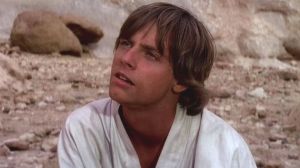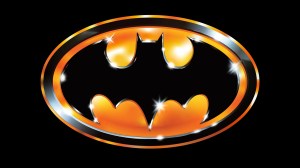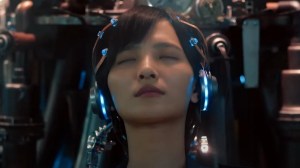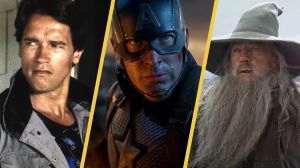Few gaming franchises carry the mythic weight and emotional resonance of The Legend of Zelda. Across nearly four decades, Nintendo’s legendary series has delivered unforgettable adventures that have left fans debating and wondering about the series. The timeline is one of the most heated debates among fans, as it is one of the most elusive and convoluted aspects of it. The game revolves around the rebirth of Zelda, Link, and Ganondorf as embodiments of the Triforce. For years, fans have debated the connection between each entry. However, one game in particular yielded some surprising answers.
Videos by ComicBook.com
The Legend of Zelda: Skyward Sword first launched on the Wii in 2011, and though many games had come before it, Nintendo made a bold decision. Skyward Sword was the first game chronologically in the Zelda timeline. It became the origin story for everything fans knew and loved.
The Beginning of Everything: How Skyward Sword Rewrote Zelda History
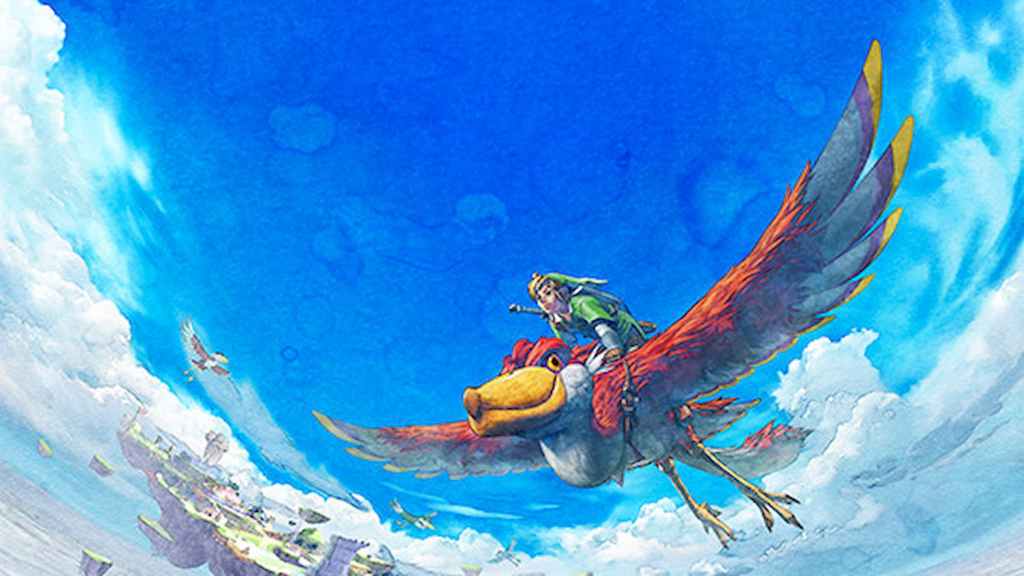
When The Legend of Zelda: Skyward Sword launched in 2011 on the Nintendo Wii, most players expected another epic adventure filled with dungeons, puzzles, and a memorable story. Instead, they received an origin story that became the official beginning of the mythos. Nintendo even confirmed it was the first game in the Zelda chronology, allowing it to lay the foundation for the entire series. Everything that had come before it now had a beginning, where eternal reincarnations of Link and Zelda, and the birth of the evil that would come to haunt Hyrule for generations, started.
Before Skyward Sword, the Zelda timeline was a topic of passionate fan debate. Every release, from Ocarina of Time to Majora’s Mask to Twilight Princess, seemed to exist in its own reality, loosely connected but never officially tied together. Nintendo was vague on prior games, perhaps intentionally, allowing players to interpret each story as they wished. That changed with Skyward Sword. In one sweeping narrative, it redefined the franchise as a cyclical saga, one where history, destiny, and divine will are inextricably linked.
The Legend of Zelda: Skyward Sword is a game that grew in meaning over time. Initially divisive for its motion controls and linear world design, it’s now recognized as the narrative cornerstone of the series. The remake for the Nintendo Switch brought the game to a wider audience and fixed some of the issues players had with the game. And now, every time we draw the Master Sword, hear Zelda’s lullaby, or see the Triforce shimmer in the distance, we’re witnessing the echoes of that first divine battle.
Skyward Sword’s Bold Redefinition of the Zelda Formula

While Skyward Sword made headlines for its timeline revelations, its design was just as ambitious. It pushed boundaries for what a Zelda game could be, even if not every risk paid off immediately. Using the Wii’s motion controls, it introduced 1:1 swordplay. Every flick, thrust, and parry of your Wii Remote translated directly to Link’s blade. It was immersive, challenging, and sometimes divisive. But when it worked, it made me feel inside the fight in a way that no other game had before.
The motion mechanics extended beyond combat. Players used physical gestures to solve puzzles, fly their Loftwing through the skies, and interact with the world in small, tactile ways. For its time, it was revolutionary. Even though Twilight Princess had used motion controls in the Wii port, Skyward Sword felt like the natural evolution of this and used them to their full extent.
Narratively, Skyward Sword marked a tonal shift. Link and Zelda’s relationship was more personal and human than ever before as lifelong friends separated by fate. Then there was the world design. Its approach felt like the precursor to Breath of the Wild’s open world, giving large, segmented areas that blended overworld and dungeon. This philosophy would be expanded upon, and fans loved it.
The Legacy That Still Shapes Zelda’s Future
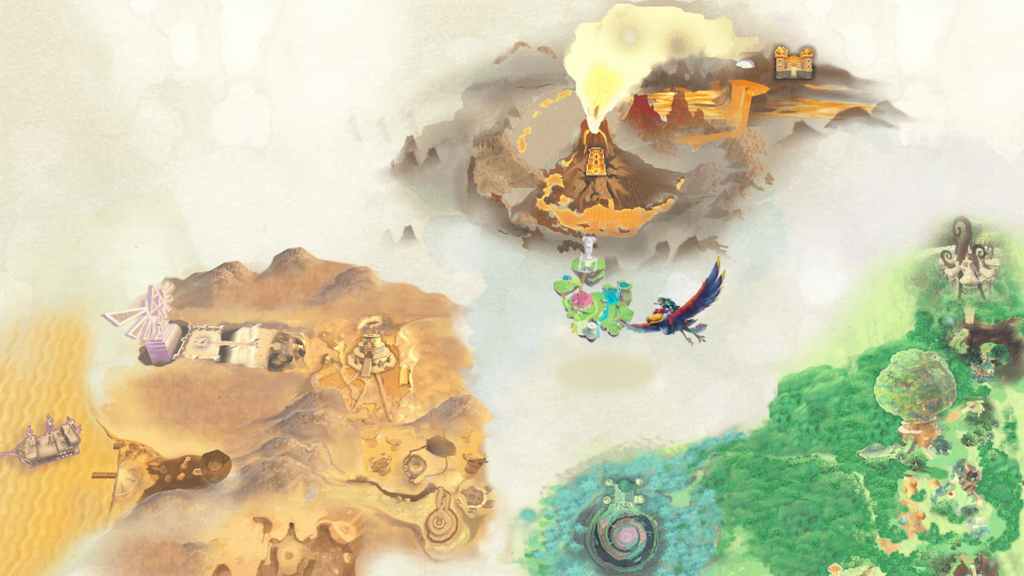
More than a decade later, Skyward Sword’s impact still ripples through the franchise. The stamina meter that first appeared here became one of the defining mechanics of Breath of the Wild. The game’s sky-based exploration directly inspired Tears of the Kingdom’s floating islands and aerial traversal. Even its mythological tone, the idea that Link’s heroism is both personal and divine, echoes throughout Nintendo’s newest titles.
Yet perhaps Skyward Sword’s most lasting legacy is how it reframed the Zelda universe as an interconnected legend. Before its release, each game felt like a separate myth retold through generations. Before it, every game felt loosely connected, but now, there were clear paths in the Zelda timeline. Ocarina of Time established the split timeline; Wind Waker and Twilight Princess explored its branches. The debate had finally been acknowledged by Nintendo, giving fans an answer.
It’s fascinating that a game released so late in the series’ life would become its beginning. For fans who grew up theorizing about how Zelda fit together, it was both satisfying and deeply emotional. Everything in the series stemmed from Skyward Sword’s divine origin, and looking back, I didn’t appreciate the game for what it was. But after having replayed the HD remake, I can safely say that Nintendo made the right decision in releasing this game and giving it the importance it has.
What do you think? Leave a comment below and join the conversation now in the ComicBook Forum!




